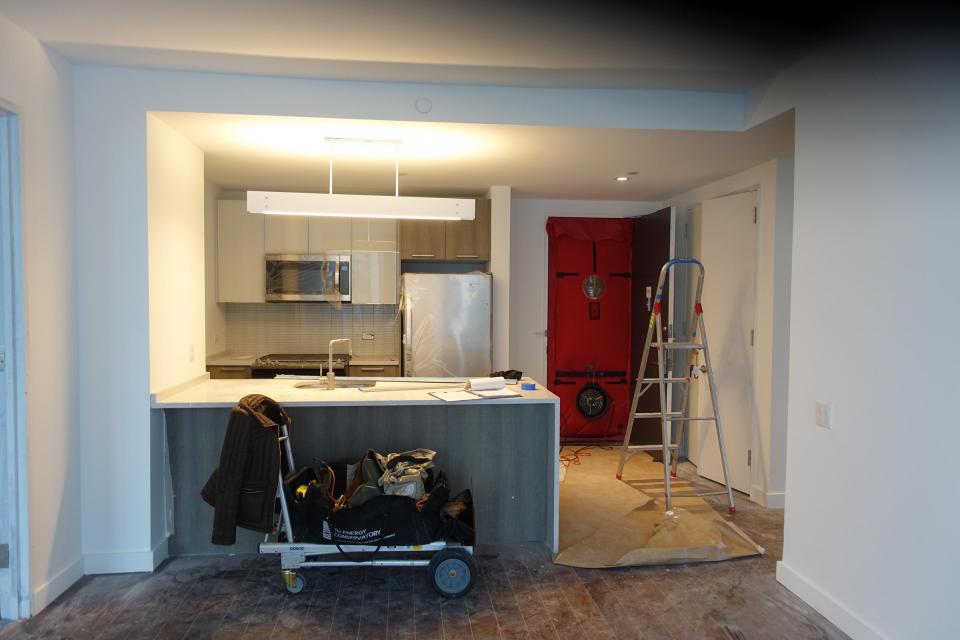
Energy efficiency detailing might not be the first thing you want to focus on when approaching a new project, but it is crucial to address such requirements from the get-go. From the foundation to finishing details, there are important steps, that, if missed, could add unnecessary expenses to your project, or could undercut your results, so attention to the project's energy goals, the relevant codes, and the methods of integrating the detailing by the trades is paramount.
It starts, of course, with your goals: Are you looking just to meet current codes, or are you envisioning building to the more challenging goals of Leed, Passive House, or NetZero? No matter which of these paths you choose, the devil is in the detailing! Meaning, every single detail must be clear to the workers doing the job.
Architects, Developers, and Builders: Plan ahead for these:
Energy Efficiency Planning Sessions
HERS ratings (often a code requirement; NOTE: HERS Rater MUST be on board at planning stage! There are necessary inspections during the build!).
3rd party air tightness verification for New Building Codes.
Scoping out common as well as unusual air leakage locations
Identifying opportunities (frex thermal bridges) to improve or save money on a project,
Air tightness score needed for your C of O.
Training staff and workers regarding best practices for air sealing
Rehab Contractors: Plan ahead for these:
Energy Efficiency Planning Sessions
Testing at the outset to identify problem areas, as well as at the finish, to quantify (prove) your beneficial result at end of the project
Before you start: Determining how leaky the existing building/space is to develop the scope of work
Testing replacement ductwork that needs to meet new codes (3rd party verification)
Determining source(s) of water intrusion
Prioritizing: integrate/phase repairs for the most cost effective result
Determining basement and/ or attic dynamics, to facilitate choice of solutions to various issues such as ice dams, or mold
Determining home/building dynamics to facilitate best strategy for effective insulating.
Training staff and workers regarding best practices for air sealing
Air tightness score needed for your C of O.
For Tips on how you can achieve top results while keeping costs low, see my Development and Construction Page.
